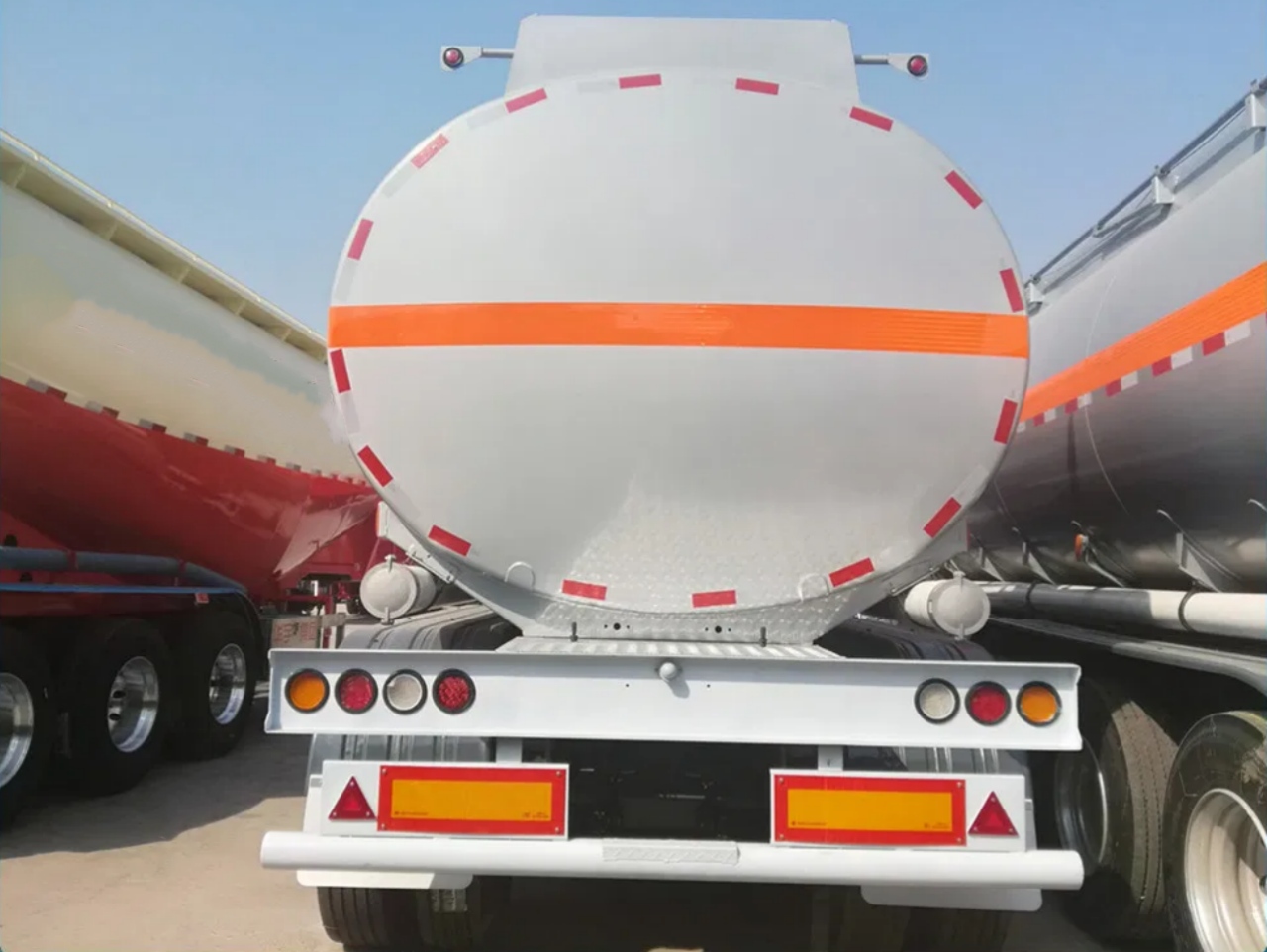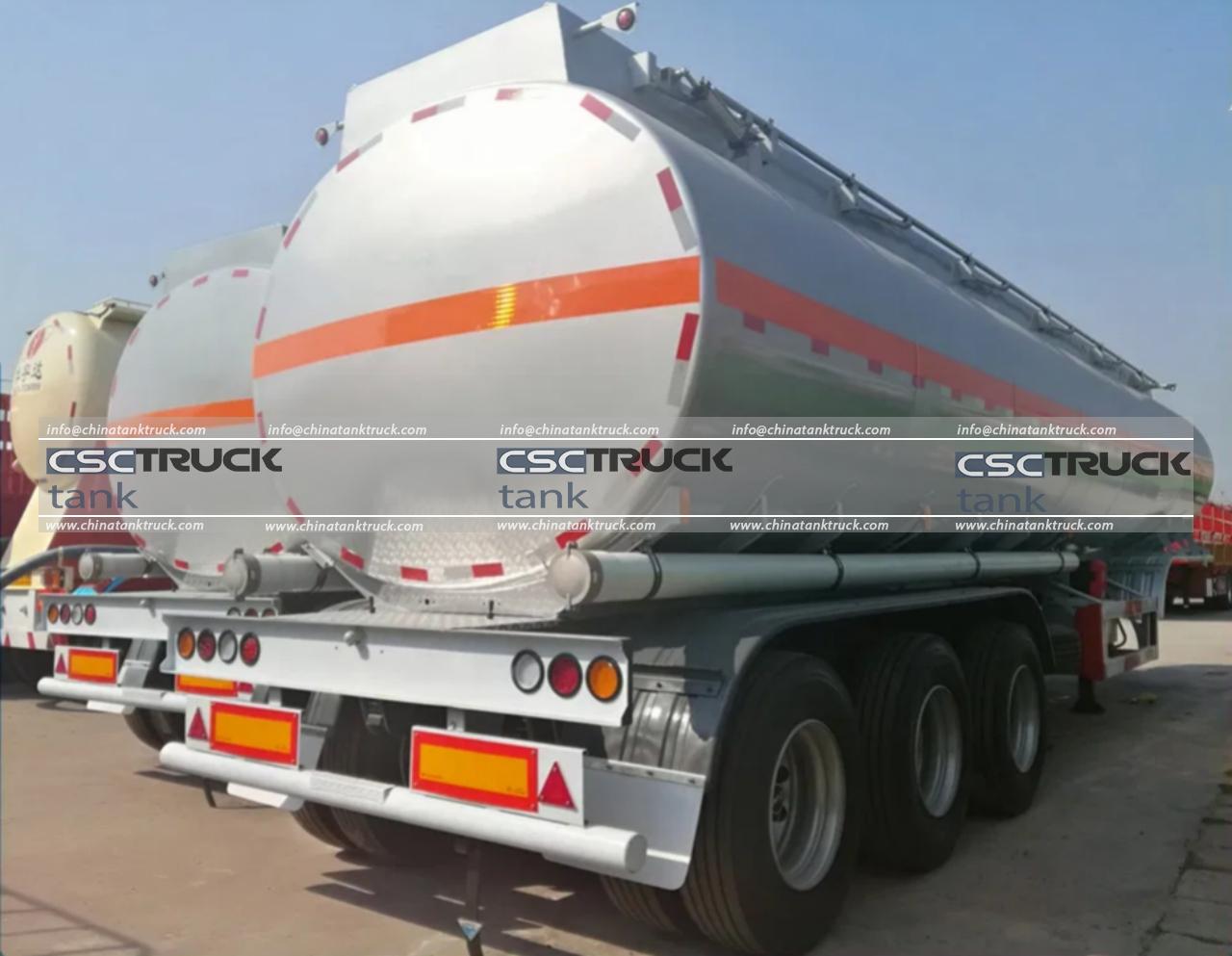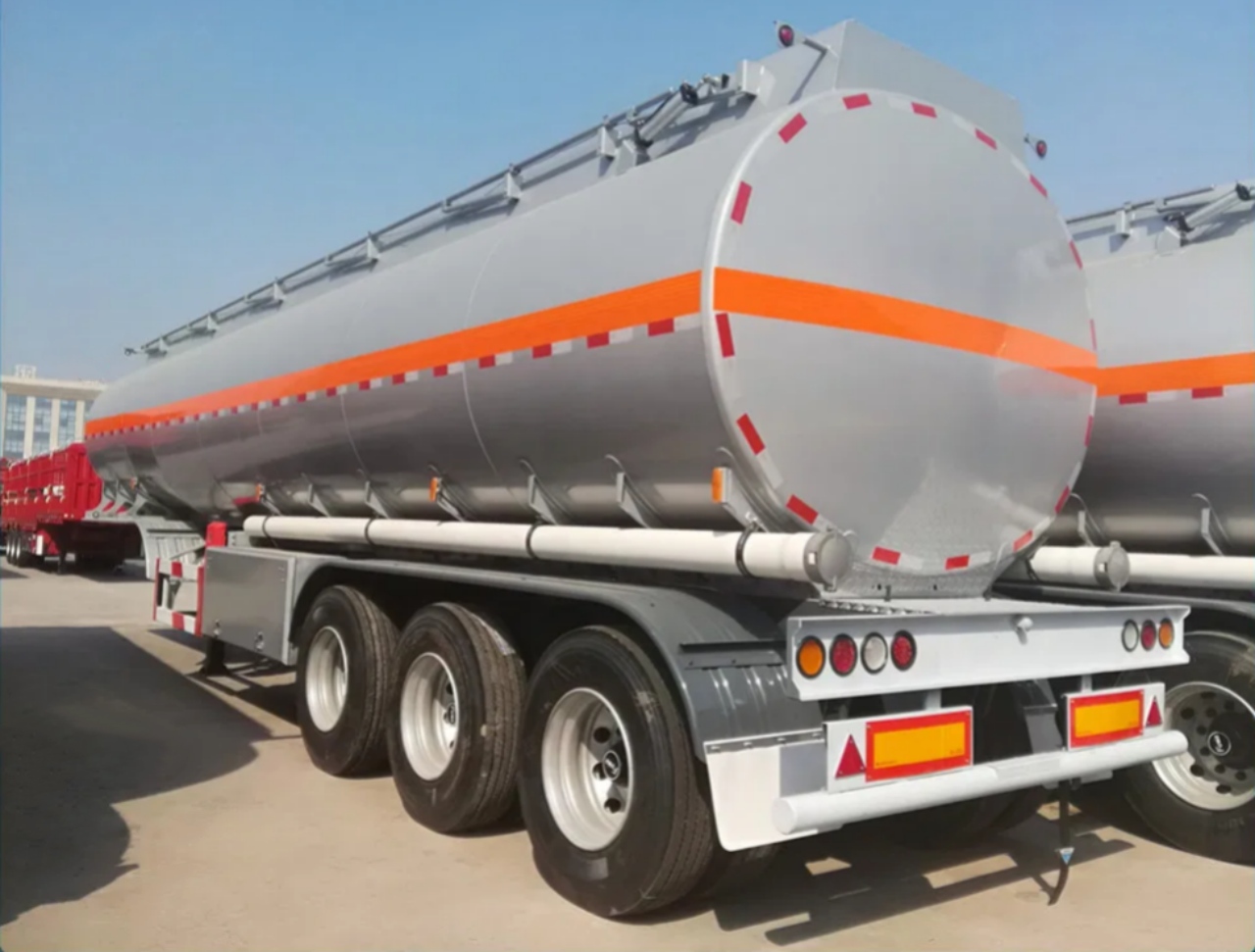In the world of logistics and freight transportation, few terms are as critical as “payload.” When it comes to semi-trailers, understanding payload is not just useful—it’s essential. From ensuring safety and compliance with legal limits to optimizing operational efficiency, payload determines how much cargo a semi-trailer can legally and safely carry. But what exactly is the payload of a semi-trailer? How is it calculated? And why is it so important for fleet operators, drivers, and logistics managers to understand it?
This article explores the concept of payload in the context of semi-trailers, including its definition, how it’s calculated, the factors influencing it, legal restrictions, and its implications in the transport industry.
Definition of Payload
In simple terms, the payload of a semi-trailer refers to the maximum weight of cargo that the vehicle can safely carry. It does not include the weight of the truck (tractor), trailer, or fuel. Instead, it strictly refers to the weight of the goods being transported.
Mathematically, payload is calculated using the following formula:
Payload = Gross Vehicle Weight Rating (GVWR) – Tare Weight
- GVWR is the maximum allowable total weight of the truck and trailer when fully loaded.
- Tare Weight is the weight of the truck and trailer when empty (also known as the curb weight).
The difference between these two values gives you the maximum payload capacity—the amount of cargo that can be loaded without exceeding the legal and manufacturer-specified limits.
Importance of Payload in Trucking
Understanding and accurately calculating payload is vital for several reasons:
- Legal Compliance: Each country—and often each region within a country—has laws governing how much weight a semi-trailer can carry. Overloading can result in fines, penalties, and being forced off the road.
- Safety: Overloading a trailer can compromise braking efficiency, increase the risk of tire blowouts, affect maneuverability, and lead to accidents.
- Efficiency: Maximizing payload without exceeding limits ensures each trip carries as much cargo as possible, improving cost efficiency.
- Vehicle Longevity: Operating within payload limits reduces wear and tear on the truck and trailer, extending the lifespan of critical components like suspension, axles, and tires.
Factors Affecting Payload
Several factors influence how much payload a semi-trailer can carry:
- Type of Trailer: Different types of trailers have different tare weights and structural designs. For instance:
- A flatbed trailer may weigh less than a refrigerated trailer, allowing a higher payload.
- A lowboy trailer, designed for heavy equipment, has a much higher GVWR.
- Axle Configuration: More axles typically mean a higher permissible GVWR, which can increase the allowable payload. Common configurations include 5-axle (typical for U.S. 18-wheelers) and multi-axle combinations in Europe and Australia.
- Materials Used: Trailers built with lighter materials, such as aluminum, may offer higher payload capacity compared to steel-bodied trailers.
- Add-on Equipment: The presence of features such as refrigeration units, lift gates, or onboard tools adds to the tare weight, reducing payload capacity.
Typical Payload Capacities
While payload capacities can vary widely depending on the trailer type and regional laws, here are some general estimates:
- Standard 53-ft Dry Van Trailer (U.S.):
- GVWR: ~80,000 lbs (combined tractor and trailer)
- Tare Weight: ~33,000 lbs
- Payload: ~47,000 lbs
- Flatbed Trailer:
- Payload: 45,000 – 48,000 lbs
- Refrigerated Trailer (Reefer):
- Payload: ~43,000 – 45,000 lbs (due to added weight of insulation and refrigeration unit)
- Tanker Trailer:
- Payload: Highly variable depending on liquid type and trailer design, but often around 45,000 lbs
- Lowboy Trailer:
- Payload: Can exceed 80,000 lbs with special permits, depending on axle configuration and cargo type
These numbers vary globally. In the European Union, for example, the standard GVWR for a semi-trailer combination is 40 tonnes (about 88,000 lbs), but configurations allowing up to 44 tonnes are common for certain types of operations.
Payload vs. Gross Combined Weight Rating (GCWR)
It’s important not to confuse payload with GCWR—Gross Combined Weight Rating—which includes the combined weight of the truck, trailer, cargo, and passengers. Payload is only one part of this total and focuses solely on the cargo portion.
Legal and Regulatory Considerations
Government agencies enforce strict limits on truck and trailer weights to protect roads and infrastructure. In the United States, the Federal Bridge Formula helps determine allowable weights based on axle spacing. In Canada, Australia, and the EU, similar formulas or systems exist to balance road safety and economic efficiency.
Some areas also issue overweight permits for loads that exceed standard legal limits, provided that specific conditions and safety precautions are met.
Failure to adhere to legal payload limits can result in:
- Fines and penalties
- Delays in shipping
- Denial of insurance claims in case of accidents
- Suspension of commercial driving privileges
Payload Optimization in Logistics
Payload optimization is a strategic approach that helps maximize load efficiency while minimizing operational costs. Techniques include:
- Load Planning Software: Many logistics companies use software to plan the most efficient use of cargo space and weight distribution.
- Vehicle Selection: Choosing the right trailer for the type of cargo can enhance payload potential.
- Lightweight Materials: Using lightweight packaging or materials for trailers can increase allowable cargo weight.
- Driver Training: Educating drivers on proper loading practices can prevent weight imbalances and overloading.
Final Thoughts
The payload of a semi-trailer is a fundamental concept in commercial trucking. It defines how much cargo a vehicle can carry, directly impacting safety, profitability, and compliance. Understanding how to calculate payload, recognizing its influencing factors, and adhering to legal limits are non-negotiables in the transportation industry.
Fleet operators, logistics professionals, and truck drivers must remain vigilant about payload to ensure optimal operation, avoid costly penalties, and maintain road safety. Whether you’re moving freight across states or continents, payload is a crucial figure that underpins the success of every journey.






